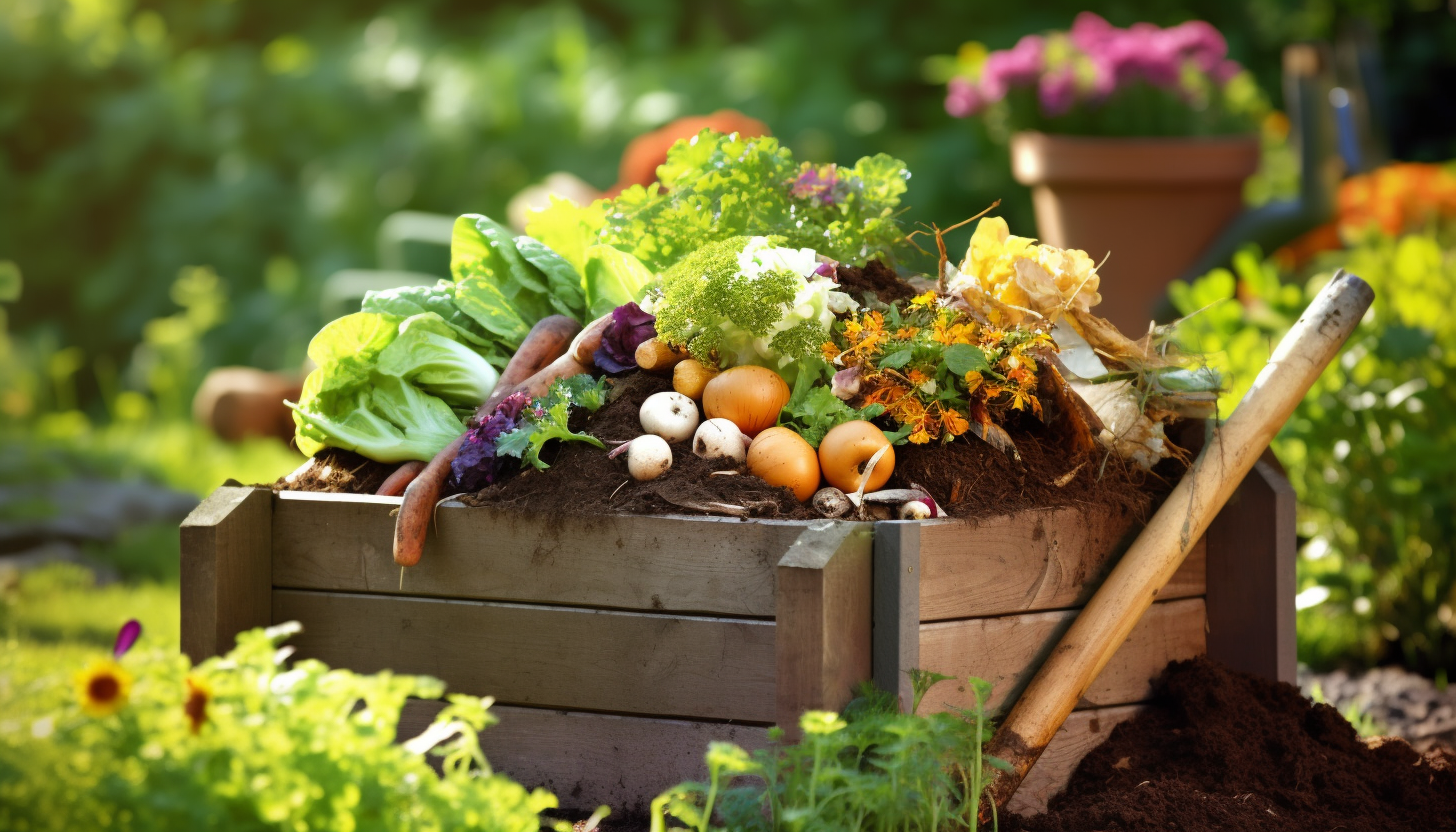P
May 25, 2023
Mastering the Art of Cooking Rice: Tips for Perfect Pilaf and More
#Cooking
#Rice
#Perfect Pilaf
#Cooking Tips
#Stovetop Techniques
#Pressure Cooking
#Microwave Cooking
#Long-Grain Rice
#Short-Grain Rice
#Brown Rice
#Texture
#Fluffiness
#Flavor
#Recipes

cooking-rice-thumbnail
Understanding the Different Types of Rice
When it comes to cooking rice, there are many options, variations, and styles to choose from. Understanding the subtle differences between long-grain, short-grain, and brown rice, as well as the various cooking techniques and methods, can help you master the art of cooking rice. Let's start with the basics. Long-grain rice, as the name suggests, has long grains that remain firm and separate when cooked. These types of rice are best for dishes that require a light and fluffy texture, such as pilafs and salads. Short-grain rice, on the other hand, has grains that are more compact and soft. It is preferred for dishes like risotto, where a creamy texture is desired. Brown rice, a healthier alternative to white rice, is a whole grain that has its outer layer removed, leaving only the inner kernel. It is nutty in flavor and has a chewier texture. When cooked, it becomes fluffy and retains its texture.
Understanding Stovetop Techniques
There are various stovetop techniques that can help you achieve perfect rice every time. The most common is the one-pot method, which involves adding rice and liquid to a pot, bringing it to a boil, then reducing the heat and letting the rice cook until absorbed. This method works well for long-grain and short-grain rice. For brown rice, however, it's best to use a different technique known as the absorption method. This involves bringing the rice and liquid to a boil, then reducing the heat and letting the rice simmer, covered, until all the liquid has been absorbed. This method results in a fluffier texture for brown rice. Another method worth mentioning is the layered method, which involves adding the rice to a pot or pan, then slowly adding the liquid, one layer at a time. This method ensures each grain of rice is evenly and thoroughly cooked. For pressure cookers, a rice-cooking setting is often available. Using this setting, combined with the rice-cooking time indicated in the rice packaging, can result in perfectly cooked rice every time.
The Art of Pressure-Cooking Rice
Pressure cooking is a convenient and efficient way to cook rice. It requires less monitoring and heat, resulting in perfectly cooked rice every time. The general rule is to use one cup of rice to two and a half cups of water, and to cook it under high pressure for the time indicated in the rice packaging. Once the rice is cooked, let the pressure release naturally before opening the cooker. For longer-grain rice, it's best to add a tablespoon of oil or butter to the cooking water. This prevents the grains from sticking together. For short-grain rice, add a tablespoon of sugar to the cooking water. This helps the grains to remain separate and fluffy. When cooking brown rice, use a combination of water and broth for best results. This ensures the rice is moist and has a tender yet chewy texture.
The Wonders of the Microwave
For those who love the convenience of the microwave, there is good news. It is possible to perfectly cook rice in the microwave. For long-grain rice, use a microwave-safe bowl, add the rice and the required amount of water, and cover. Cook on high for two minutes per cup of rice, then reduce the power to 50% and cook for an additional 10 to 15 minutes. For short-grain rice, use a similar method, but reduce the cooking time to one and a half minutes per cup of rice. For brown rice, use a combination of water and broth, and cook on high power for 20 to 25 minutes, then reduce power to 50% and cook for an additional 15 to 20 minutes. As with stovetop cooking, it's important to let the rice sit for a few minutes after removing it from the microwave to allow the grains to firm up and become fluffier.
The Art of Serving Perfect Rice
When serving rice, it's important to consider the texture of the rice. For long-grain rice, it's best to serve it slightly undercooked, as the grains continue to firm up after being removed from heat. For short-grain rice, serve it firm but not hard, as it will continue to soften as it rests. Brown rice, on the other hand, should be served slightly undercooked, as it will continue to firm up as it cools. Whether you're cooking rice on the stovetop, in the microwave, or using a pressure cooker, having the right techniques and understanding the subtle differences between types of rice can help you master the art of cooking rice. Remember, it's not just about the taste and the flavors but also about the texture, which can make or break a dish. So, the next time you're cooking rice, remember these tips and tricks to serve perfect rice every time.


